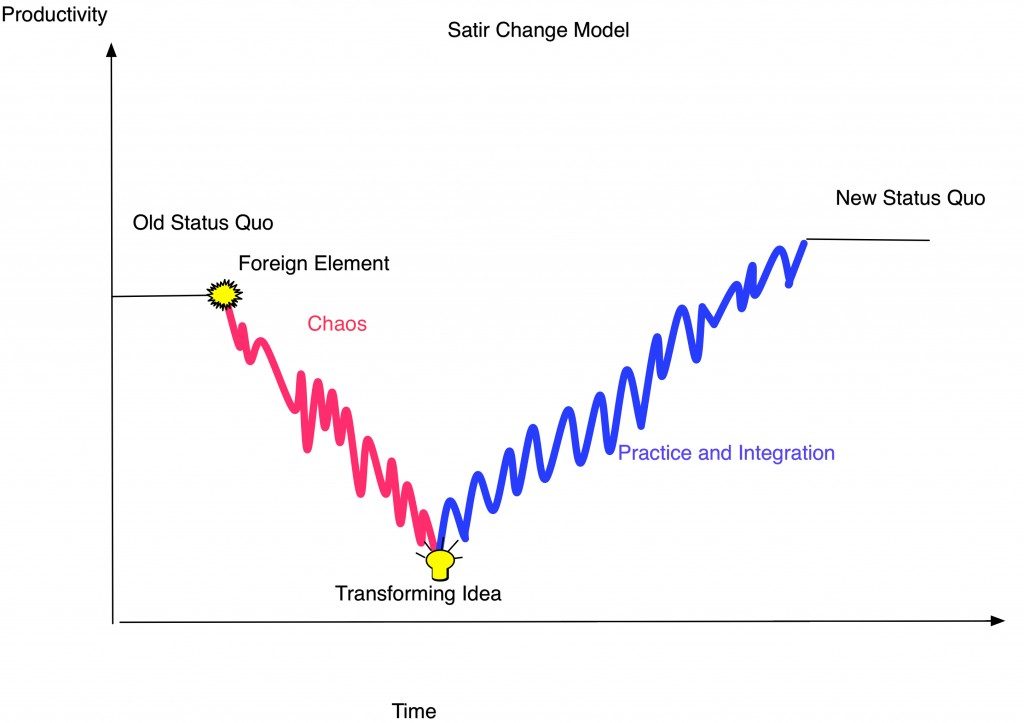Becoming an Agile Leader, Part 5: Learning to Learn
To summarize: your agile transformation is stuck. You’ve thought about your why, as in Becoming an Agile Leader, Part 1: Define Your Why. You’ve started to measure possibilities. You have an idea of who you might talk with as in Becoming an Agile Leader, Part 2: Who to Approach. You’ve considered who you need as allies and how to enlist them in Becoming an Agile Leader, Part 3: How to Create Allies. In Becoming an Agile Leader, Part 4: Determining Next Steps, you thought about creating win-wins with influence. Now, it’s time to think about how you and the people involved (or not involved!) learn.

As an agile leader, you learn in at least two ways: observing and measuring what happens in the organization. (I have any number of posts about qualitative and quantitative measurement.) Just as importantly, you learn by thinking, discussing with others, and working with others. The people in the organization learn in these ways, too.
The Satir Change Model is a great way of showing what happens when people learn. (Learning is a form of change.) Here’s the quick intro to the Change Model: We start off in Old Status Quo, what we did before. Along comes a Foreign Element, where someone introduced some kind of change into the environment. We have uneven performance until we discover our Transforming Idea. Once we have an idea that works, we can continue with Practice and Integration until we have more even performance in New Status Quo.
In the Influential Agile Leader, you have a chance to think alone with your pre-work, by discussing together such as when you draw your map in Part 1, and by working together as in coaching and influence and all the other parts of the day. One of the most important things we do is to debrief all the activities just after you finish them. That way, people have a chance to articulate what they learned and any confusions they still have.
Every person learns in their own way, at their own pace. With interactions, simulations, and some thinking time, people learn in the way they need to learn.
We don’t tell people what to do or how to think. We suggest options we’ve seen work before (in coaching). We might help supply some options for people who don’t know of alternatives. And, the participants work together. Each person’s situation is a little different. That means each person has experiences that enrich the entire room.
Learn to be an agile leader and help your agile transformation progress. Please join us at the next Influential Agile Leader, May 9-10, 2017 in Toronto.
| Reference: | Becoming an Agile Leader, Part 5: Learning to Learn from our JCG partner Johanna Rothman at the Managing Product Development blog. |


